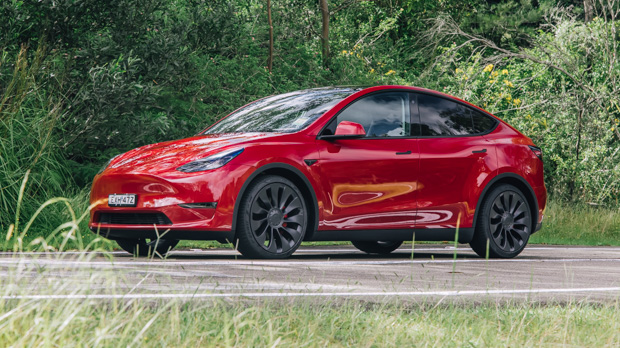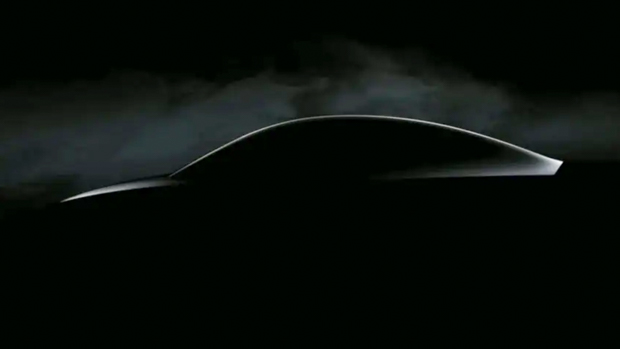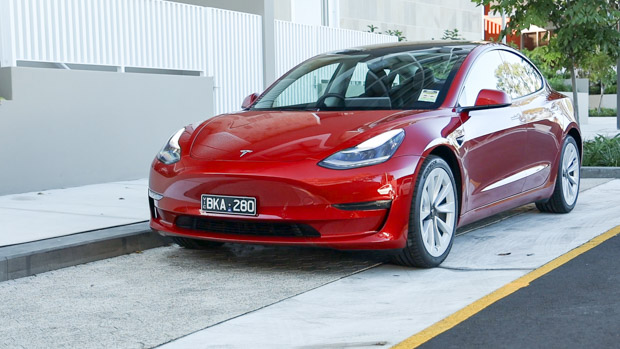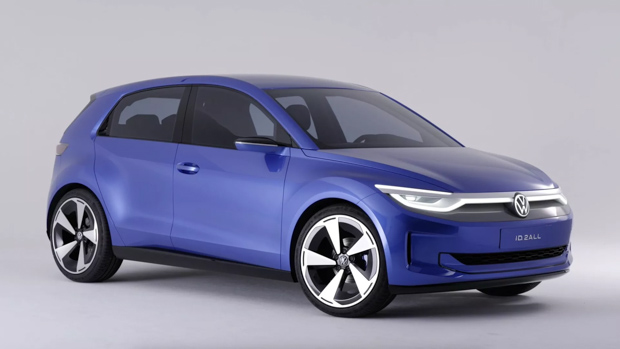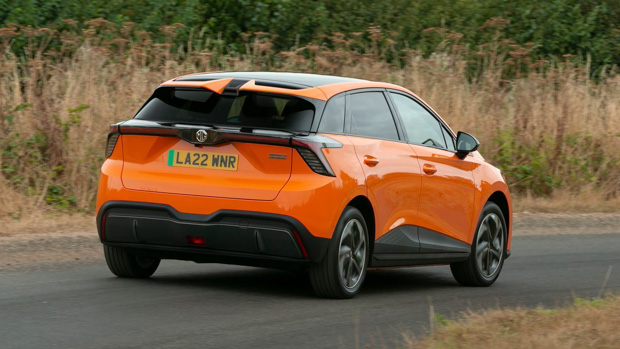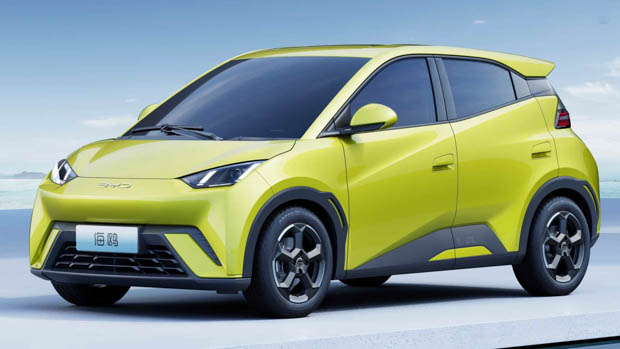-
Car Reviews
- Car News
-
Car Comparisons
Latest comparisons
- Chasing Deals
Tesla’s cheapest electric car is coming – here’s what we know, and the cut-price EV rivals it must defeat
Tesla is poised to reveal its cheapest electric vehicle, expected to resemble a Model Y rather than Model 3 and costing less than $45,000.
The US-based automative manufacturer was due to announce its new cut-price electric small hatchback at its “Master Plan” even on March 1, but it did not and its shares dropped immediately after.
However, the brand and its chief executive officer Elon Musk released more detail than media outlets have given credit.
As well as releasing shadowy teaser images, Tesla said its new, entry-level EV would sit below the Model 3 sedan and conform to the mantra of “electric vehicle powertrains that cost less than combustion engines”.
In Australia, the current cheapest Tesla is the Model 3 Rear-Wheel Drive which costs $60,900 before on-road costs and government incentives.
Expected to be revealed in the coming months, driving range is expected to be around 300 kilometres. It’s not confirmed for Australia but given the rampant take-up of the Model 3 and Y on our shores, demand is certainly there.
An analysis by Forbes dissected Tesla’s Master Plan presentation and used tiny clues about the Model 2 to guess it will cost around US$29,000 – or circa $44,000 in Australia with the current exchange rate of 65 cents.
The key, Tesla has hinted, is slashing manufacturing and production costs. A new, tab-less battery design is expected to be more powerful, safer and cheaper than that in the Model 3.
Other manufacturing efficiency gains are said to reduce the Model 2’s production processes by 30 percent.
Tesla bigwig Elon Musk has hinted the brand’s naming strategy was originally intended to spell out “SEXY” – Model S, E, X and Y. Telsa could not use Model E as it’s owned by another brand, so had to go with Model 3.
The Model 2 could return to Tesla’s naming convention and be christened with a letter rather than number (for the purposes of simplicity, we have referred to the vehicle as Model 2 in this article).
A Model 2 could go up against incoming cut-price EV models such as the Volkswagen ID2all, which is targeting a price below €25,000 ($41,000). A Skoda version could be cheaper again.
The Renault-Nissan-Mitsubishi Alliance is aiming to bring its budget CMF-B electric platform to market next year. While it shares 70 percent of its components with the internal combustion CMF-B platform, engineers claim it’s 30 percent cheaper to manufacture.
Its electric motor is designed without rare earth materials, execs hinting they’re also targeting a €25,000 ($41,000) price-tag. The platform is expected to underpin the future Renault 5 and Nissan Micra small cars. It could also later be offered with cheaper lithium iron phosphate (LFP) batteries.
They’ll have to do better than that to compete against a horde of new, cheaper-than-ever Chinese EVs entering the market. Chinese scores a competitive advantage, too, by controlling much of the global EV supply chain.
The MG4 is the next cheap EV on its way to Australia, confirmed to cost $44,990 before on-road costs. The base Excite uses a 64kWh battery offering 450km of WLTP range.
The BYD Dolphin is heading for Australia, a small city hatchback with a single 70kW/180Nm electric motor and 30.7kWh battery offering around 301km of range (NEDC, which is less accurate than WLTP). It could cost as little as $35,000 – with a bit of luck.
It’s nothing on BYD’s Seagull, however. Announced for the Chinese market only, the electric Seagull is a tiny hatchback claiming 300-400km of range from its LFP battery and costs around $17,000. It’s powered by a 55kW/135Nm single electric motor driving the front wheels.
The top-selling EV in China demonstrates the country’s ability to produce a truly cheap electric vehicle when it wants to.
The Wuling Hongguang Mini EV is a tiny five-door hatchback with a 9.2kWh battery, 120km of range and a single electric motor producing just 15kW. All yours for about $7000 brand new. More than 200,000 are being produced in China each year, with no plans for Australia.
Analysts, however, have predicted that cooling demand in the Chinese domestic auto market will stimulate a need for greater exports – which would include, invariably, Australia.
Latest news
About Chasing cars
Chasing Cars reviews are 100% independent.
Because we are powered by Budget Direct Insurance, we don’t receive advertising or sales revenue from car manufacturers.
We’re truly independent – giving you Australia’s best car reviews.
